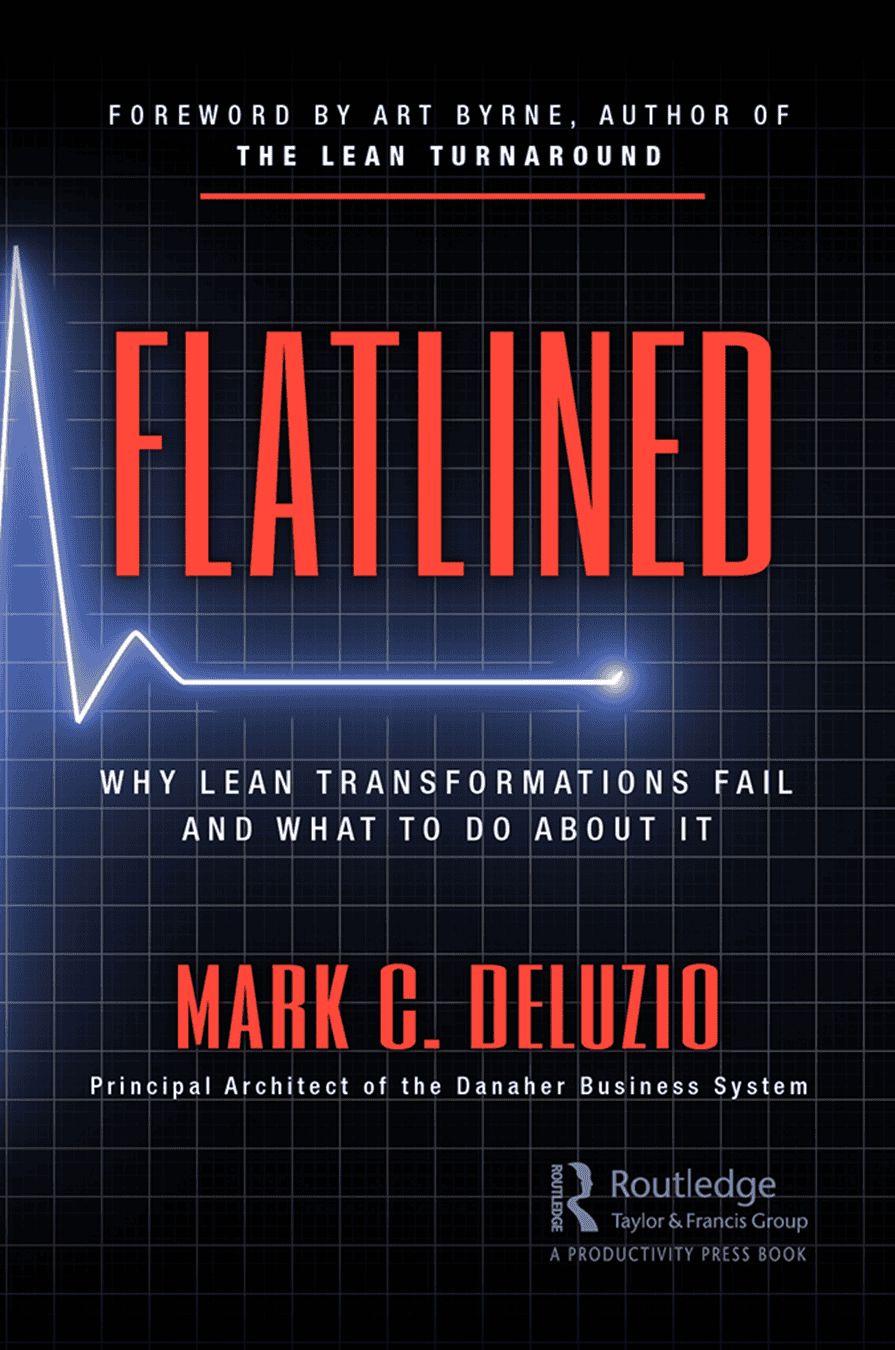Stepping onto a manufacturing floor that is operating at peak performance is not unlike attending an opera.
Each assembly cell creates its own unique tune, providing a critical note to the symphony of motion ringing out. The hum of productivity builds as craftsmanship merges with efficiency in the grand theater of manufacturing finesse.
Does this gold standard of operations sound like fiction fit for the stage?
As fantastical as it may seem at first, this is the vision of Lean Manufacturing — a revolutionary methodology that is, in fact, possible to implement.
However, achieving this requires organization, forethought, and careful execution. Before you dive into your manufacturing company’s Lean Transformation, learn the key principles of Lean Assembly Cell Design from our team of experienced Lean experts.
Prepare to wield these actionable tips like a conductor’s baton — directing effective, sustainable transformation.
What is Lean Assembly Cell Design?
Lean Assembly Cell Design is a crucial component of Lean Manufacturing. At its core, it is a systematic approach to organizing workstations and processes within a manufacturing facility.
The central goals of Lean Manufacturing and the subsequent design process are to optimize processes and eliminate waste through a streamlined flow of products and information. This flow is synchronized with customer demand, and when used properly, directly integrates TAKT time.
TAKT time, which is calculated using a simple yet powerful equation, is the rate at which a product must be completed to meet customers’ demands. Essentially, Lean Assembly Cell Design and Lean Manufacturing are pulled by the force of consumer demand — found by dividing the available time by demand.
5 Tips for Successful Lean Assembly Design
1 – Define the Space
Well-defined spaces set the foundation for an organized and efficient assembly cell.
So, while the benefits of a successful Lean Assembly Cell Design process are compelling, it is vital to pause before implementing changes.
To achieve long-term, effective change, begin with defining the purpose of each assembly cell. This includes a comprehensive understanding of the specific tasks, products, and workflow that will take place in the cell.
To define the purpose of the assembly cell, ask questions like: What is the production volume and cycle time required? What are the quality standards and inspection requirements? Answering these questions will help create a clear and detailed scope for the assembly cell, which will help the team stay focused on achieving the objectives.
One key aspect of this initial process is to clearly and quickly separate operator flow from part flow. By doing so, you can reduce unnecessary walking, increase flexibility to balance workloads, and enable easier adaptation to changing demands.
2 – Focus on Flow
After defining the fundamental requirements needed for an assembly cell, it’s time to move into workflow optimization via the Lean concept: One-Piece Flow.
One-Piece Flow is a fundamental principle of Lean Manufacturing that ensures each product moves through the assembly cell one at a time. By separating and individualizing the product, companies can significantly reduce lead time, transportation, wait time, and costs. This focused efficiency can also improve quality and delivery simultaneously, making it a crucial component.
From there, it’s imperative to establish proper sequencing for assembly and ensure that tools, supplies, components, and equipment are within easy reach. The work done in this space should be sequenced to both support flow and assign work content to each operator.
Integrating fixturing, product rotation, and positioning into the process enables smoother operations and supports mixed-model production. Additionally, the last or first operator should be assigned the least amount of work to provide opportunities for their free time to be used elsewhere.
3 – Keep Things Moving
The continuous movement of parts should be emphasized as well.
To achieve optimal productivity in a balanced assembly cell, it is essential to keep the product flowing continuously with minimum effort. Utilizing Chaku-Chaku whenever possible allows operators to spend just a few seconds at each machine, simply loading the machine and moving on.
Chaku-Chaku, which translates to load-load, simply refers to the sub-method of One-Piece Flow where machines unload parts automatically, thus saving time and streamlining motion. So, the machines themselves should be designed with automatic unloading capabilities or Hanedashi.
4 – Design for Decisiveness
When broaching the design of an assembly cell layout, consider a counter-clockwise flow. This design allows operators to pull with their right hand and pass with their left hand, taking into account that most individuals are right-handed.
Further, your company should strive to miniaturize the cell as much as possible to reduce floor space, cut back on the handling of products, and promote effective teamwork. Additionally, providing complete visibility of the cell also illuminates process flows and delays.
Before launching the new design, ensure that the components and tools included are only those that are absolutely necessary to the process. All indispensable components should also be conveniently located at the point of use.
5 – Make it Tight as a Drum
In Lean Manufacturing and, more specifically, Lean Assembly Cell Design, optimizing the physical layout is crucial for those interested in maximizing efficiency. To achieve this, ensure that machines and workstations are strategically positioned in close proximity, creating a compact and efficient workspace.
This arrangement eliminates unnecessary walking and transportation, allowing operators to focus on value-added tasks and reducing wasted time and effort.
Moreover, emphasizing this airtight quality throughout the process is essential. Incorporate mechanisms such as poke-yoke (mistake-proof) and Jidoka to prevent errors and maintain consistent quality standards.
The latter, Jidoka, refers to “autonomation” or the process of designing human intelligence into machines and processes so errors can be detected and prevented.
How Working with a Consultancy Can Ensure Success in Lean Assembly Cell Design
Ultimately, your company should strive for standardized work procedures that simplify operations, minimize variations, and reduce low-value actions during the Lean Assembly Cell Design process.
When executed properly, your manufacturing processes can transform into a tightly orchestrated assembly that operates with precision and efficiency. But for many in shop floor management or manufacturing leadership, finding the time to correctly implement these principles is a challenge unto itself.
Working with a vetted team of Lean Manufacturing consultants can provide a host of benefits — saved time being just one of them:
- Expertise: An experienced consultancy team like ours has extensive experience in Lean Manufacturing and Lean Assembly Cell Design across the world and across a wide range of industries.
- Customization: The experts that make up the Lean Horizons Consulting team specialize in tailored services that meet the specific needs of each manufacturing company.
- Training: Our team focuses on the training and education of Lean Manufacturing principles, tools, and techniques to cultivate a company culture that empowers employees to identify and solve problems.
- Execution: Implementing Lean Assembly Cell Design solutions is no small feat — our team provides proper integration to ensure effective and sustainable change.
Each company has unique challenges, processes, and goals. To overcome these challenges, refine these processes, and exceed these goals, our team at Lean Horizons Consulting combines their expertise with your team’s dedication.
The result? True and lasting change, perpetuated by employees and management who are equipped with the skills and knowledge necessary to maintain Lean Transformation principles and continuously improve.
Learn More: What is Lean Transformation, and How Does it Help Your Business?
Ready to enter a new era of productivity in your manufacturing company? Jumpstart the journey with a consultation, or learn more about Lean Manufacturing in our podcast, books, and resources.

